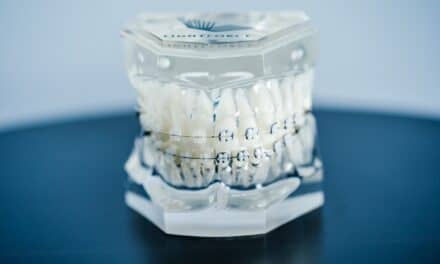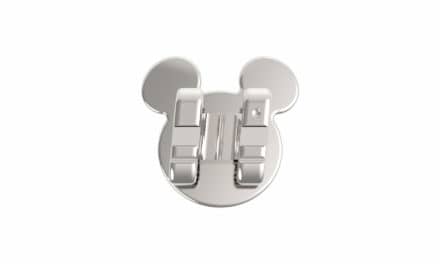An inventive orthodontist is bringing the two together
Orthodontic Products: Is the Nikodem Spring the first appliance you’ve created?
Stephen G. Nikodem, DDS: No, I invented an arc light that can be used to cure all orthodontic brackets simultaneously during the bonding process. The arc light could also be used to activate whitening gel on all the teeth for in-office whitening procedures. I also have other products in the pipeline.
OP: What inspired you to come up with the spring? Was there a Eureka moment that came from your own clinical experience, or were you building on existing technology?
Nikodem: I came up with the idea for the spring initially for use on impacted teeth. I have treated and have a large number of impacted teeth cases in my practice. Just like any other orthodontic practice, I have had my challenges with some of these cases. I noticed in my practice one afternoon that I was having these impacted teeth cases back to my office every 2 weeks to keep a force applied to the impacted teeth. As orthodontists we stress light, continuous forces to maximize a healthy response of the periodontium in addition to getting effective, efficient orthodontic treatment results. It seemed to me that the existing methods opposed these principles. Thus, I came up with a simple spring concept.
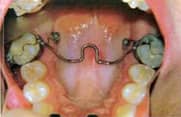
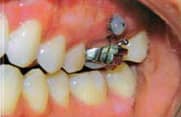
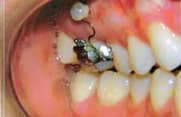
Figure 1 to Figure 3: Intrusion using the Nikodem Spring with Dentaurum’s Tomas Pin.
OP: How did the design process work?
Nikodem: After I came up with the concept of a simple spring, I began sketching designs and bending wire to mimic the designs. After filing for a patent, I contacted Ken Highland, CEO of Highland Metals. We began talking about designs, materials, and applications for the spring. Ken Highland and I would consult several times a week for nearly 1 year, and a multitude of prototypes later the Nikodem Spring was invented.
OP: What is the spring made of, and why did you chose that metal/alloy?
Nikodem: The spring is made of a superelastic nickel titanium. It has a diameter of .010 inches. We chose this material because of its flexibility.
OP: When was the spring first available?
Nikodem: The spring was made available at the AAO in San Francisco.
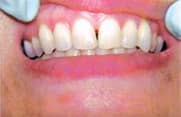
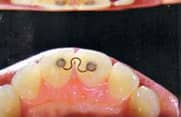
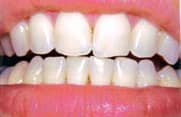
Figure 4 to Figure 6: Closing a diastema.
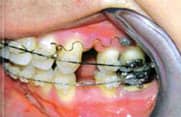
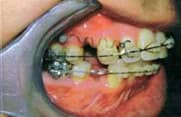
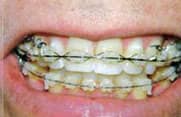
Figure 7 to Figure 9: Maxillary anterior retraction with the use of TADs.
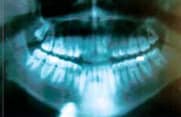
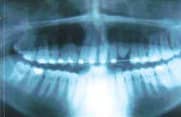
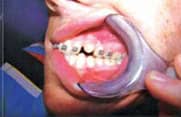
Figure 10 to Figure 12: Treatment of an impacted cuspid.
OP: How many cases have you treated with the spring?
Nikodem: I have treated 75 to 100 cases with the spring.
OP: What different types of cases have you treated with the spring?
Nikodem: I have used the spring while treating impacted teeth, closing space, individual and en masse tooth retraction, uprighting molars, and diastema closure.
OP: How long does the spring take to place, and what are the basic steps for placing it?
Nikodem: Because of the properties of the spring, the terminal helixes can easily be placed on an eyelet or button by the surgeon before being applied onto the impacted tooth. This takes 5 seconds.
The key instruction I give orthodontists beginning to use the spring is to make sure you meet, inform, and show the surgeon exactly where you want the button or eyelet placed. Then, it is imperative that you show them where to activate the opposite end so the vector offers you favorable directional force. Placing the terminal helix on TADs takes seconds. After this initial activation, let it work! If reactivation is required, you can move the exposed helix to a new location on the brackets, archwire, hook, etc. As with all other chain ligations, the patient must keep the surgical site meticulously clean.
OP: Do you have plans to make any modifications based on what you’ve seen clinically or what you’ve heard from other orthodontists? If so, what do you have in mind?
Nikodem: Modifications of the spring may include larger or smaller diameters depending on force requirements. Also, there are other smaller, more compact variations of the Nikodem Spring that are in the trial stage.
Other specific modifications include the helix in which Dentaurum has requested it to be sized to fit directly over their Tomas Pin. The Nikodem Spring is currently offered in Dentaurum’s Tomas Pin Kit. There continues to be strong interest in the Nikodem Spring by orthodontists around the world.
Stephen G. Nikodem, DDS, is in private practice in St Louis. He is a member of the ADA and the AAO. He has a financial interest in products mentioned here. He can be reached at


